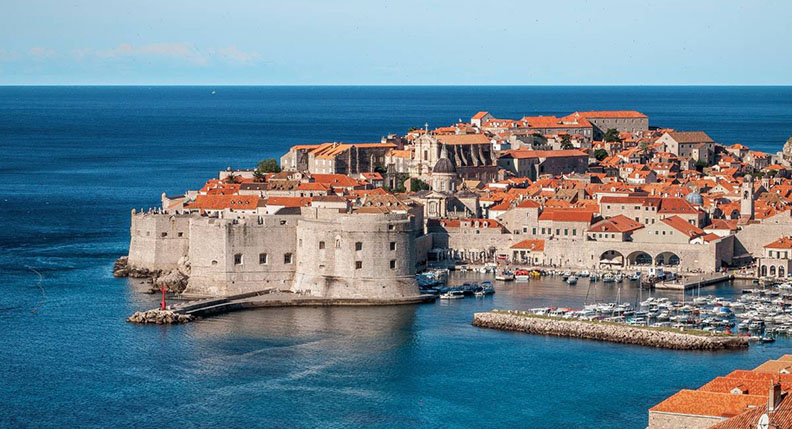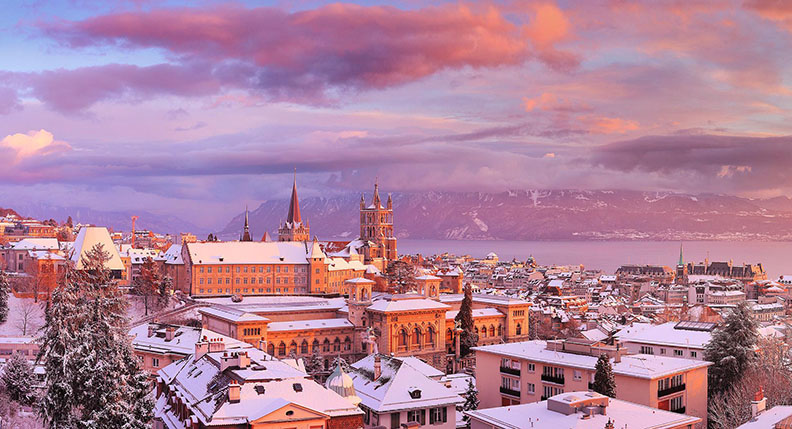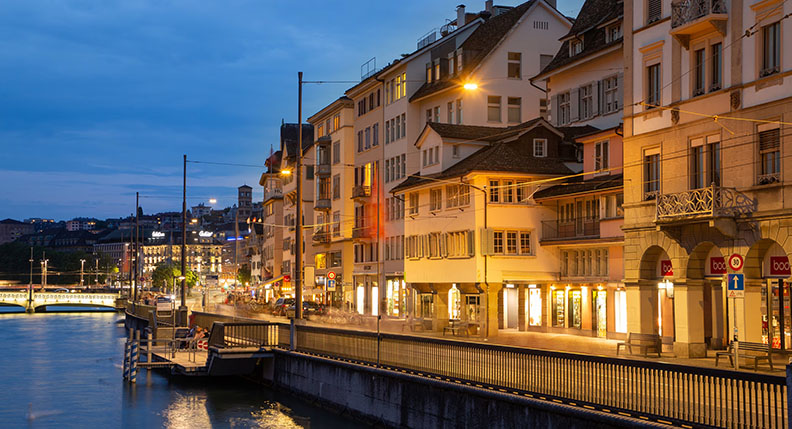I finally fulfilled a long-standing dream—visiting Croatia and experiencing this Mediterranean treasure. The 10-day itinerary was filled with sunshine, sea breezes, ancient cities, and vibrant islands. From the majestic Dubrovnik to the charming Hvar Island, and then to the lively Split, this trip allowed me to deeply appreciate Croatia’s unique allure. Now, let me take you through this unforgettable coastal journey.
Days 1-3: Arrival in Dubrovnik – 2 Nights
Dubrovnik, often referred to as the “Pearl of the Adriatic,” is one of Croatia’s most renowned travel destinations. As soon as the plane landed at Dubrovnik Airport, I was eager to explore this impressive medieval city. A UNESCO World Heritage Site, Dubrovnik is famous for its well-preserved city walls, stone buildings, and crystal-clear waters.
What We Did in Dubrovnik Over Three Days
Day 1: City Walls and Old Town
The first thing we did upon arrival was to visit Dubrovnik’s city walls. These walls, which date back to the Middle Ages, are still remarkably intact and majestic. Walking along the walls, we enjoyed breathtaking views of the city’s red rooftops and the azure sea. Every step on these walls felt like traveling through time, connecting us with the historical essence of this ancient city.
Next, we wandered into the Old Town (Stari Grad), a district brimming with narrow cobblestone streets, historic churches, and bustling squares. Stradun Avenue, the main thoroughfare of the Old Town, is lined with cafes, restaurants, and souvenir shops. Here, we sampled local delicacies such as fried calamari and olive oil bread, and enjoyed a leisurely afternoon.
Day 2: Lokrum Island and Cable Car Views
On the second day, we took a short ferry ride to Lokrum Island, a small island near Dubrovnik. After arriving on the island, we strolled through its lush botanical gardens and visited the ruins of an old monastery. This tranquil oasis provided a refreshing contrast to the hustle and bustle of Dubrovnik.
In the evening, we took the cable car up to Mount Srd, where we enjoyed panoramic views of Dubrovnik and the surrounding islands. The sunset casting a golden glow on the ancient city walls was a breathtaking sight. This perfect sunset moment will forever be etched in my memory.
Day 3: Cultural and Culinary Experiences
On our final day in Dubrovnik, we visited several key museums, including the Maritime Museum and the Dubrovnik Cathedral. These museums provided a fascinating insight into the city’s rich history and culture, deepening our understanding of Dubrovnik’s past.
For lunch, we chose a small restaurant in the Old Town where we indulged in a seafood feast. Fresh fish, shellfish, and calamari paired with local white wine were simply exquisite. After dinner, we took another stroll down the illuminated Stradun Avenue, soaking in the unique romantic atmosphere of Dubrovnik by night.
Days 4-7: Hvar Island – 4 Nights
After leaving Dubrovnik, we took a boat to Hvar Island. Hvar is one of Croatia’s most popular vacation spots, known for its sunny weather, upscale beach clubs, and vibrant nightlife. We spent four wonderful days here, exploring the island’s natural beauty and cultural heritage.
What We Did on Hvar Island Over Four Days
Day 1: Hvar Town and the Old Fortress
Upon arriving in Hvar Town, we checked into a boutique hotel overlooking the harbor. After a short rest, we began exploring the old town of Hvar. This town is famous for its narrow cobblestone streets, charming squares, and lush vineyards. We first visited St. Stephen’s Cathedral, a landmark located in the town center.
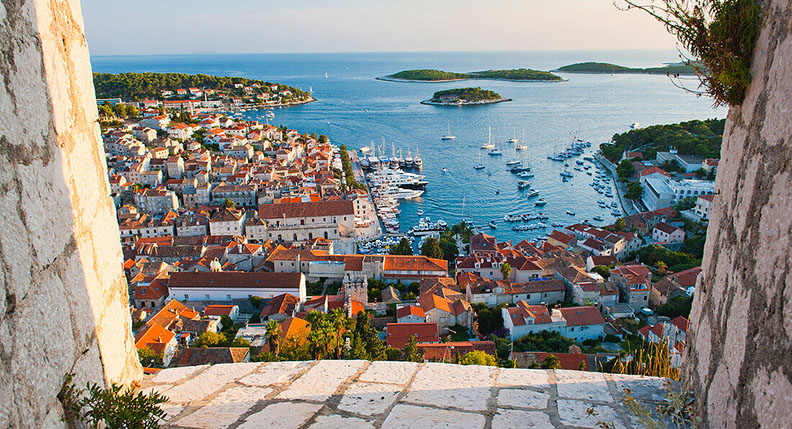
We then climbed up to the Fortica Fortress, situated on a hilltop, offering stunning views of Hvar Town and the surrounding islands. The sunset views from here were unforgettable, making it one of the most popular viewpoints on the island.
Day 2: Pakleni Islands Yacht Tour
The Pakleni Islands, located near Hvar, are a natural paradise. On the second day, we rented a private yacht to explore these enchanting islands. The crystal-clear waters were perfect for snorkeling and swimming. We spent a relaxing afternoon on one of the island’s beaches, enjoying the sunshine, sea breeze, and endless views.
Day 3: Hvar’s Wine Tour
Hvar Island is not only known for its beautiful coastline but also as an important wine-producing region in Croatia. On the third day, we joined a wine tour, visiting several local wineries. Each winery had its unique style and winemaking methods, and we sampled various wines, particularly the local Plavac Mali red wine, which had a rich and distinctive flavor.
Day 4: Exploring Hvar’s Nightlife
Hvar Island is not only picturesque during the day but also vibrant at night. As one of Croatia’s most famous party islands, Hvar’s nightlife attracts visitors from around the world. On our last night, we headed to the renowned Carpe Diem Beach Club to experience Hvar’s party scene. Dancing under the stars with the rhythm of the music, this energetic night perfectly concluded our time on Hvar Island.
Days 8-10: Split – 3 Nights
After leaving the relaxed atmosphere of Hvar Island, we took a boat to Split, Croatia’s second-largest city. Split is known for its ancient architecture, bustling waterfront, and rich cultural ambiance, making it our final stop on this journey. Here, we experienced both the city’s historical charm and its modern vitality.
What We Did in Split Over Three Days
Day 1: Diocletian’s Palace
Upon arrival in Split, we headed straight to Diocletian’s Palace, a Roman palace built in the 4th century that forms the core of Split. This vast palace is not only a historical site but also a living city with shops, restaurants, cafes, and residential buildings. We spent the entire day exploring the palace’s streets, discovering every ancient corner, and visiting the Cathedral of St. Domnius and its bell tower.
Day 2: Marjan Hill and Beaches
On the second morning, we climbed Marjan Hill, which serves as Split’s “green lung,” featuring extensive pine forests and multiple viewpoints. From the summit, we enjoyed a panoramic view of Split and the nearby islands—an excellent spot for hiking and biking. In the afternoon, we relaxed at Bacvice Beach, known for its clear waters and fine sand. Bacvice Beach is also a popular spot for playing Piaštula, a local water game, enjoyed by the locals.
Day 3: Exploring Split’s Markets and Culinary Delights
On our final day in Split, we decided to explore the local markets and indulge in some authentic Croatian cuisine. In the morning, we headed to Split’s main market—Pazar Market. This bustling market was filled with fresh fruits, vegetables, seafood, and a variety of local specialties. Wandering through the stalls, we not only experienced the authentic flavors of Croatia but also had the chance to chat with local vendors and uncover many culinary secrets about Croatian food.
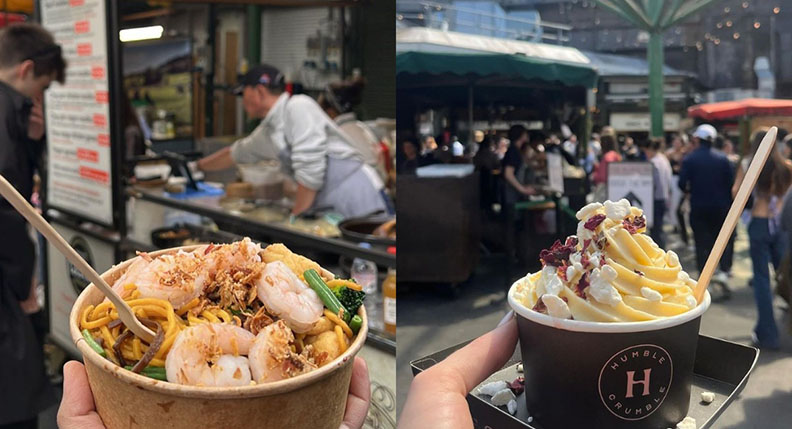
For lunch, we chose a traditional restaurant near the market where we enjoyed classic Croatian dishes. We ordered local specialties such as Peka, a traditional roasted meat dish, and a Grilled Seafood Platter. These delicious dishes gave us a deeper appreciation of Croatian culinary traditions.
In the afternoon, we returned to the Old Town and leisurely wandered through the ancient streets, soaking up the relaxed atmosphere of Split. We also visited several historic buildings in Split, including Saint Martin’s Church and the ruins of the ancient Roman theater. These sites provided a glimpse into Split’s rich history and cultural heritage.
For our final dinner, we opted for a seaside restaurant where we enjoyed a meal while watching the sunset over the sea. As the sun dipped below the horizon, the sea turned a vibrant orange-red, adding a touch of romance to our Split experience.
Summary and Recommendations
The 10-day coastal journey through Croatia left a lasting impression on me. From the ancient city walls and magnificent sea views of Dubrovnik, to the sunny beaches and vibrant nightlife of Hvar Island, and finally to the historic sites and modern vitality of Split, this trip perfectly blended natural beauty, historical culture, and contemporary energy.
Travel Recommendations:
- Plan and Book in Advance: To ensure a smooth trip, it’s advisable to plan ahead and book accommodations and tickets for major attractions, especially during peak tourist seasons.
- Local Transportation: Travel between Croatian coastal cities mainly relies on ferries and long-distance buses. It’s recommended to check timetables in advance and purchase tickets. Ferries between Hvar Island and Split are the most convenient option.
- Packing Tips: September in Croatia is generally warm, but it can be a bit cool in the mornings and evenings. Bring light clothing, comfortable walking shoes, as well as sunscreen and a hat to protect yourself from the sun.
- Currency and Payments: The currency in Croatia is the Kuna (HRK). While most places accept credit cards, cash is more convenient for smaller shops and markets.
- Language: Croatian is the main language, but English is widely spoken in tourist areas. Learning a few basic Croatian phrases can enhance your interaction with locals.
The coastal journey through Croatia not only offered unforgettable scenery but also provided a deep dive into the country’s history and culture. If you plan to visit Croatia, I hope these experiences and recommendations will be helpful. Whether immersing yourself in the history of ancient cities or enjoying the sun on the beaches, Croatia is a beautiful destination well worth exploring.
